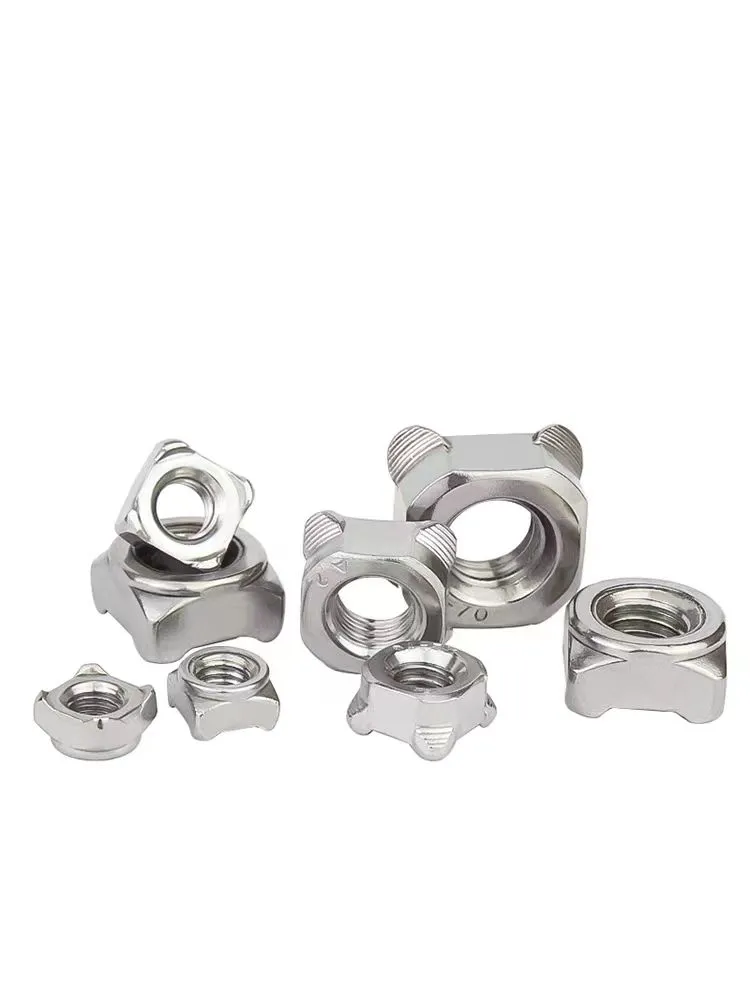

Understanding Various Types of Bolt Washers and Their Applications in Fastening Technologies
8月 . 01, 2024 01:16 Back to list
Understanding Various Types of Bolt Washers and Their Applications in Fastening Technologies
Understanding the Types of Bolt Washers
Bolt washers are essential components in various mechanical assemblies, playing a crucial role in distributing load, reducing friction, and preventing damage to surfaces. They come in various types and materials, each tailored for specific applications and requirements. In this article, we will explore the different types of bolt washers, their functions, and their applications.
1. Flat Washers
Flat washers are among the most commonly used types of washers. They are typically round with a central hole and are designed to sit beneath the head of a bolt or nut. The primary function of flat washers is to distribute the load of the bolt over a larger surface area, preventing damage to the material being fastened. Flat washers can be made from various materials, including steel, stainless steel, and plastic, and are used in applications ranging from structural assemblies to machinery.
2. Lock Washers
Lock washers provide a mechanism to prevent bolts and nuts from loosening due to vibration or dynamic loads. There are several types of lock washers, including split lock washers, tooth lock washers, and wave washers.
- Split Lock Washers These are ring-shaped with a split, which creates a spring effect when compressed. They exert a downward force that helps to maintain the tightening of the bolt.
- Tooth Lock Washers Featuring teeth on one or both sides, these washers dig into the surface of the bolt and the material being fastened, creating friction that resists loosening
.- Wave Washers These are designed with a wavy profile, allowing for controlled elasticity. They are often used in applications where axial loads are a concern.
types of bolt washers

Lock washers are invaluable in automotive and aerospace applications, where safety and reliability are paramount.
3. Spring Washers
Spring washers, similar to lock washers, provide resistance against loosening due to vibrations. However, they are specifically designed to absorb shock and maintain tension in assemblies. The most common type of spring washer is the Belleville washer, which has a conical shape. These washers are used in situations where maintaining a precise load is critical, such as in automotive suspension systems and heavy machinery.
4. Sealing Washers
Sealing washers are used to create a tight seal between surfaces, preventing leakage of fluids or gases. Made from materials such as rubber or silicone, these washers are often found in plumbing and automotive applications, where they help to maintain airtight and watertight seals. Sealing washers can be flat or have an inner lip to enhance their sealing capability.
5. Bellville Washers
Named after their inventor, Belleville washers are conical-shaped washers used mainly in high-load applications where space is limited. They provide high spring rates and are often used to maintain tension in bolted connections, compensating for thermal expansion or contraction. These washers find applications in rail systems, heavy machinery, and any situation requiring load stability.
Conclusion
Choosing the right type of bolt washer for an application is crucial for ensuring the integrity and longevity of mechanical assemblies. The various types of washers, including flat, lock, spring, sealing, and Belleville washers, each offer unique advantages tailored to specific needs. Understanding these differences can help mechanics, engineers, and DIY enthusiasts make informed decisions when selecting components for their projects. By ensuring the proper use of washers, one can enhance the overall performance and reliability of an assembly, ultimately leading to a safer and more efficient operation.
Latest news
-
Hot Dip Galvanized Bolts-About LongZe|High Strength, Corrosion Resistance
NewsJul.30,2025
-
High-Strength Hot Dip Galvanized Bolts - Hebei Longze | Corrosion Resistance, Customization
NewsJul.30,2025
-
Hot Dip Galvanized Bolts-Hebei Longze|Corrosion Resistance&High Strength
NewsJul.30,2025
-
High-Strength Hot-Dip Galvanized Bolts-Hebei Longze|Corrosion Resistance&High Strength
NewsJul.30,2025
-
Hot Dip Galvanized Bolts-Hebei Longze|Corrosion Resistance&High Strength
NewsJul.30,2025
-
Hot Dip Galvanized Bolts - Hebei Longze | Corrosion Resistance, High Strength
NewsJul.30,2025

